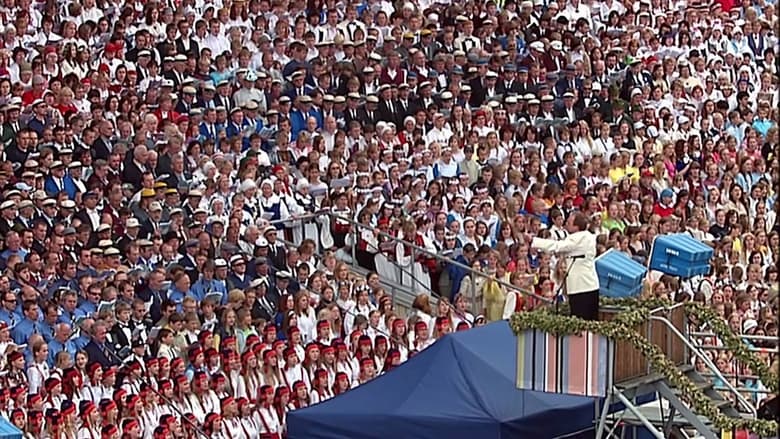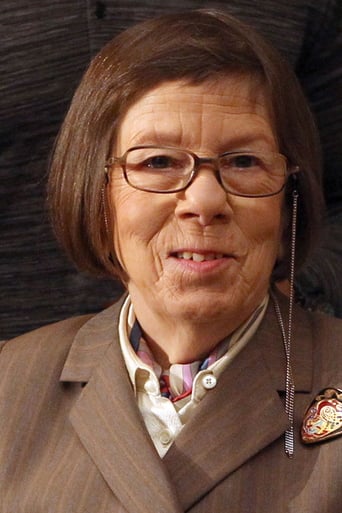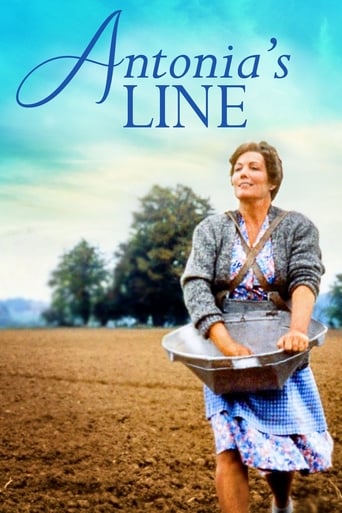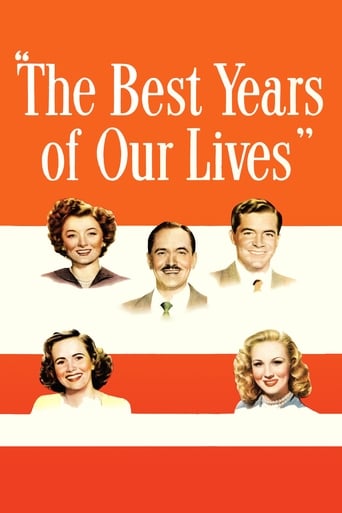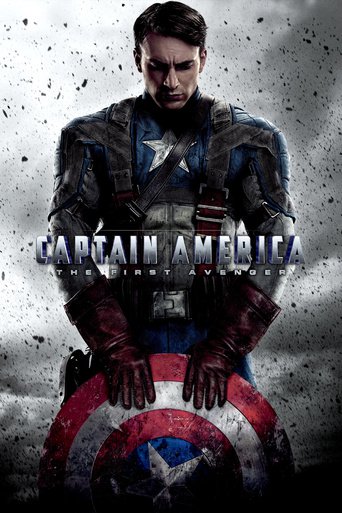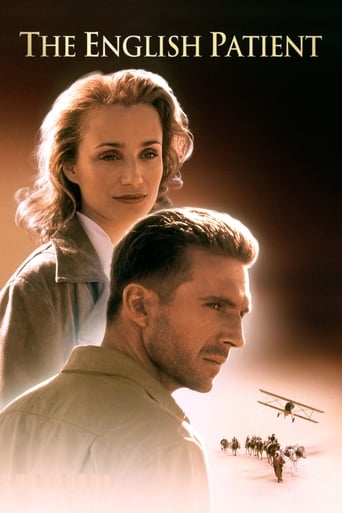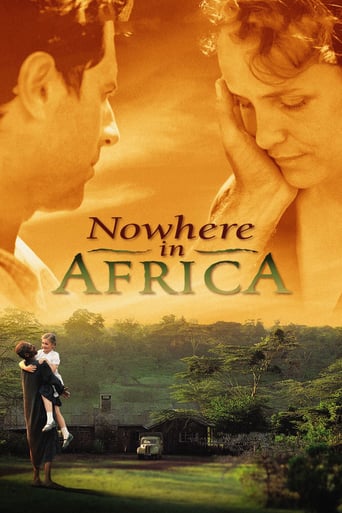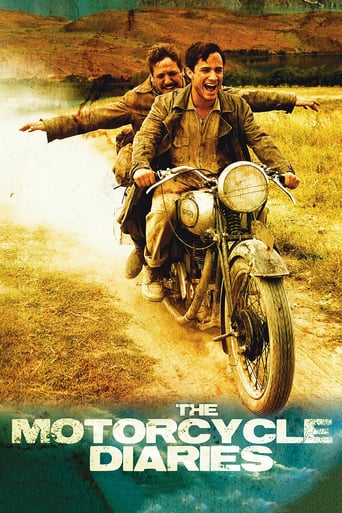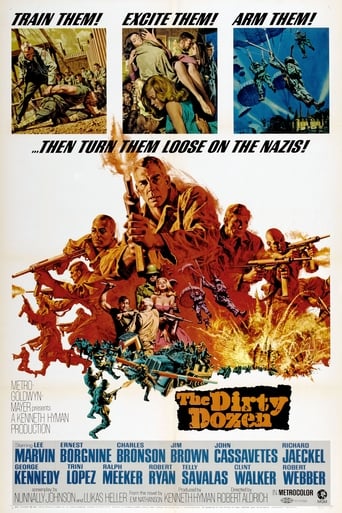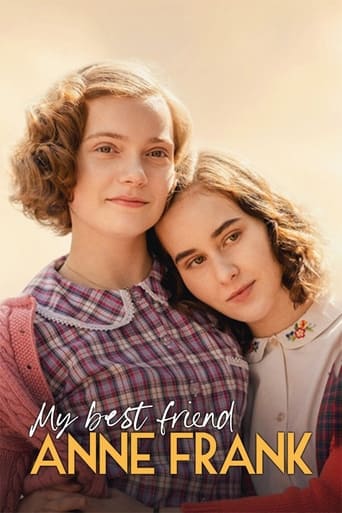The Singing Revolution (2006)
Most people don't think about singing when they think about revolutions. But song was the weapon of choice when, between 1986 and 1991, Estonians sought to free themselves from decades of Soviet occupation. During those years, hundreds of thousands gathered in public to sing forbidden patriotic songs and to rally for independence. "The young people, without any political party, and without any politicians, just came together ... not only tens of thousands but hundreds of thousands ... to gather and to sing and to give this nation a new spirit," remarks Mart Laar, a Singing Revolution leader featured in the film and the first post-Soviet Prime Minister of Estonia. "This was the idea of the Singing Revolution." James Tusty and Maureen Castle Tusty's "The Singing Revolution" tells the moving story of how the Estonian people peacefully regained their freedom--and helped topple an empire along the way.
Watch Trailer
Cast


Similar titles
Reviews
I think this is a new genre that they're all sort of working their way through it and haven't got all the kinks worked out yet but it's a genre that works for me.
I wanted to but couldn't!
It's funny, it's tense, it features two great performances from two actors and the director expertly creates a web of odd tension where you actually don't know what is happening for the majority of the run time.
By the time the dramatic fireworks start popping off, each one feels earned.
Movie barely underway complete with lingering shots of piles of corpses. But the film makers went to far with their gratuitous inclusion of a Nazi officer executing an adult male with fully depicted pistol shot to the head.I understand a film dealing with the liberation of Estonia and its people requires addressing the oppression and violence they suffered. But an opening montage including an actual execution of a real person who was an Estonian son and comrade and perhaps a brother and a father was itself ruthless. He may have been an innocent victim as the Nazis loved to intimidate through executions. He may have been a member of the Estonian resistance, caught and executed. Whichever he was, I guarantee you he did not give up his life for the sake of bringing drama to a documentary. His memory deserves a more respectful fate.
This is a film about Estonian independence that occurred in the late 1980s and early 1990s--as the Communist Bloc began to fall apart. It's actually odd that very few films about this period are ever seen in the US--especially considering this meant an end to the very long and tense Cold War.The film begins with a history of Estonia in the 20th century. After gaining its independence following WWI, the country was at peace--that is until the evil pact between the USSR and Nazi Germany. This agreement allowed Stalin to invade and a period of very intense persecutions began. Deportations to Siberia and mass occurred to break the back of the country. Then, two years later, Germans invaded and occupied this tiny country. And, towards the end of the war, the Soviets returned and very harsh repression returned. For the next 45 years or so, the nation would have all symbols of nationalism removed and a strong move to turn the citizens into Soviet citizens began. Despite this, there was a very, very small and quiet sense that Estonia would one day rise again. With a slight easing of free speech rights during the rule of Gorbachev, these hidden desires began to slowly be expressed. Much of the film consists of showing the steps that occurred with these first murmurs for freedom to the actual declaration of independence.So how did singing come into all this? Well, at times the link was rather tenuous in the film. It seems that the earliest forms of protest (even before Gorbachev) was in the nation's singing festivals--and there the people sang nationalistic songs which had been forbidden. And, on one occasion, one out of every three Estonians appeared at the festival to sing--something that is pretty hard to comprehend when you think about it.All in all, a very inspiring documentary about freedom and bravery. Considering that a huge percentage of the nation had been murdered or deported during the Soviet era (about 1/3 of the nation), the fact that they stood up for freedom is all the more impressive.The film is super-inspiring. It was narrated by Linda Hunt, but mostly is consists of Estonians talking on camera about the singing revolution--and this is most fitting. Additionally, archival footage and footage of Estonia today is used to tell this very touching story. The most important part, however, is at the very end--when a brief biographical statement is given for those who participated in the film--and their sacrifices.
Between Nazi occupation and decades of Soviet occupation, the Estonians had no weapons with which to resist the Soviet Army. Yet they didn't quit.Two incidents from the movie got me very emotional-- The first was when a crowd from the Russian ethnic minority (who acted like aristocrats within Soviet Estonia and the Estonians should kiss their necks) stormed a government building. This Russian mob was intent on going in and grabbing the leaders of the Estonia-Independence movement. Then an Estonian man got on the radio, throngs of Estonians came, and suddenly the Russians found themselves completely surrounded. Both sides were expecting fighting to break out, and both sides knew that the Soviet Army would use this as an excuse to attack Estonians. But then the Estonian crowd pulled apart, forming a road, and the Russians were able to leave unmolested.The second incident that moved me deeply was when Soviet troops moved into Estonia, and they were trying to attack a TV tower. Estonians showed up, linking arms, and faced the Russian tanks. The Estonians knew that if the tanks rolled, or the Russians' machine guns fired, that they would die painfully -- and yet they filled up the road to the TV tower, and stared into the faces of the Russian tankmen. That is BRAVE.This is a feel-good movie, and it's all 100 percent true. See it, and tell your friends to rent it.
It's been a few hundred years since the US had to figuratively sing for its independence, but less than 2 decades since Estonians finally shed the Soviet yoke and found freedom. That the country just south of Finland and between Germany and Russia achieved their freedom not by force but as it were by culture is more remarkable than its million people facing off a country of hundreds of million. Thus forms the outline of a dynamic documentary about Estonian revolution.The thousands of Estonians who met every five years in Tartu, as many as 30,000, sang patriotic songs despite cruel occupations by Germany and Soviet Russia. The symbolic resistance was accompanied by some deft diplomacy during Mikhail Gorbachev's glasnost or freedom of speech and the break up of the USSR in the early 1990's.James Trusty and Maureen Castle Trusty's documentary assembles archival footage of the struggle in the 20th century, uses the usual talking heads, some of whom were freedom fighters, and has the good sense to have an understated Linda Hunt narration. When these innocent throngs sing their nationalist songs, cinemaphiles can't but think of the French singing La Marseillaise at Rick's Cafe in Casablanca.It all works to the extent that you will never forget the little country that could.


